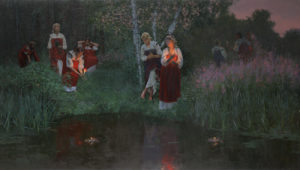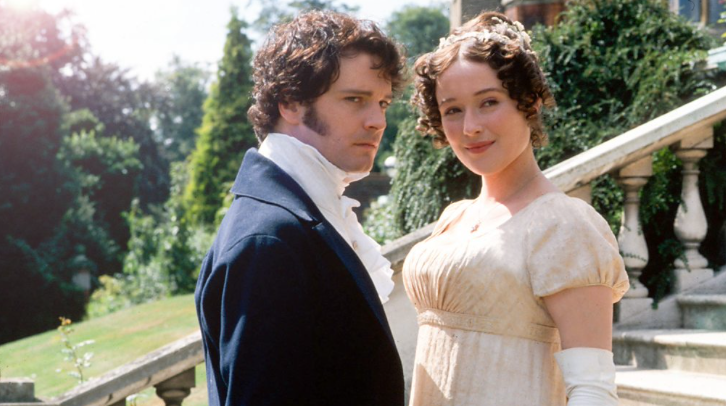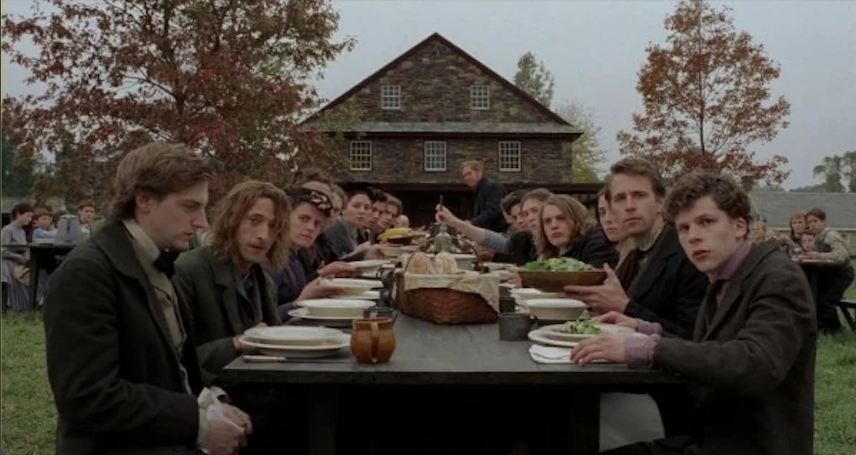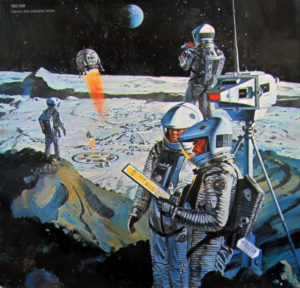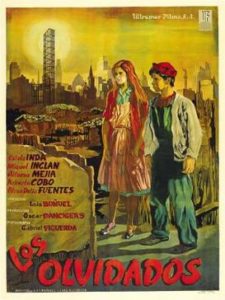Note from June 27, 2024: I think I overdid it with the Sleeping Beauty thing (due to the sins of Disney Studios). It’s certainly great for kids to watch it, even in an ethnostate. Thus, my 11th recommendation would be Sleeping Beauty (1959).
I have added bold to the three films I recommend most: all based on Jane Austen’s novels. Three months ago I wrote:
I left the previous posts for a few days without adding new ones because it is of some importance that at least some visitors to The West’s Darkest Hour find out that in the racialist forums a troll is impersonating me supported by… the moderators! But I made magnificent use of the time to finish the last few pages of the third book of my trilogy. So—
Thanks, Brad!
Thanks Jewish troll!
______ 卐 ______
“L’art pour l’art values must be transvalued to Art practiced in conformity with the cultural task” —Francis Parker Yockey (rephrased).
In 2013 I posted a list of what were, at the time, my ten favourite films and last year I confessed that, having taken my vows as a priest of the sacred words, I could no longer watch many of the 50 films I once loved. So I would like to compile a new list of ten films that, if I were to adopt an Aryan son,[1] I would allow him to watch. Sorted by the year they were released, this new list would be:
1. Beauty and the Beast (1946)
2. Hamlet (1948)
3. Lust for Life (1956)
4. 2001: A Space Odyssey (1968)
5. Death in Venice (1971)
6. Sense & Sensibility (1995)
7. Indictment: The McMartin Trial (1995)
8. Pride & Prejudice (1995 TV series)
9. Pride & Prejudice (2005 movie)
10. Spotlight (2015)
In the case of the first on the list, it is only because of our interpretation of it that I recommend it. Why I put the second one on my new list, which also appears on my 2013 list, is explained by clicking the link above on Hamlet.
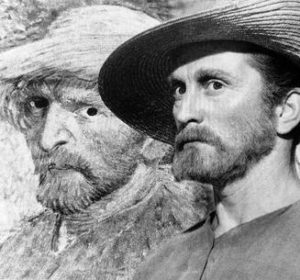 But the third one doesn’t appear on my old list. As I own several Vincent van Gogh books, including a huge illustrated one with his complete works, I recommend Lust for Life because, like Hitler, it seems to me essential that the Aryan who wants to save his race from extinction should make deep contact with the art of painting; and the film, based on an entertaining novel that I read, transports us to the places where brother Vincent lived.
But the third one doesn’t appear on my old list. As I own several Vincent van Gogh books, including a huge illustrated one with his complete works, I recommend Lust for Life because, like Hitler, it seems to me essential that the Aryan who wants to save his race from extinction should make deep contact with the art of painting; and the film, based on an entertaining novel that I read, transports us to the places where brother Vincent lived.
Of articles by intellectuals, John Gardner was the first white nationalist I ever read, in 2009, when I returned to this continent from Spain. In one of his TOQ Online articles Gardner said that 2001: A Space Odyssey managed to put the white man’s aesthetics in its place, which I agree with.
Why I include Death in Venice is guessed at in ‘Transvaluation Explained’ and ‘Puritanical Gomorrah’ in my book Daybreak, but most of my list (#6, #8 and #9) concerns films about Jane Austen’s novels. As for the remaining ones, Indictment and Spotlight, just click on the links in the above list to see why I include them.
Note that, unlike my 2013 list, my criteria is no longer to include films based on their artistic quality but on what Yockey says above. The film about the medieval monk Andrei Rublev for example is highly artistic to the true connoisseur of cinematic art. But I wouldn’t show it to my son, at least not until he had developed a sufficiently anti-Christian criterion to realise that the pagan Russians should never have embraced a religion of Semitic origin.
I can say something similar about Sleeping Beauty, which appears on my previous top ten list, although this is a fairly tale. It makes me a little nervous that at the climax Maleficent invokes all the powers of Lucifer, and that Prince Philip’s coat of arms bears a Christian cross. A child, of course, wouldn’t notice that. But what Walt Disney had done, collaborating with the American government in times of anti-Nazi propaganda through another of his cartoons caricaturing the Third Reich, I cannot forgive.
Likewise, in my new list I didn’t include 1968’s Planet of the Apes which was on the old list because a child shouldn’t see a black astronaut next to a good-looking Aryan actor like Charlton Heston. The same I must say about another of my favourites that I removed from the old list: Artificial Intelligence, where in the first scene the Jew Spielberg puts a compassionate Negress in front of a huge team of scientists who want to design a robot child with real feelings.
The 1977 film Iphigenia was also taken off my list. Although Iphigenia is a masterful adaptation of Euripides’ tragedy many of the actors, unlike the hyper-Nordic Homeric Greeks, are already mudbloods (of course: the film’s actors were contemporary Greeks!). A boy brought up in National Socialism ought not to be fooled by such images.
If someone asks me now, after taking my vows, which of the above list of ten are now my favourite films, they will be surprised to learn that they are all three based on Austen’s novels. That’s exactly the right message of sexual courtship that Aryans, young and old, should see on the big and small screens if we have the fourteen words in mind.
_________
[1] Although the lad I was doesn’t look too bad in the Metapedia picture, as a priest I can’t sire because my bloodline is as compromised as the Greek actors mentioned above.
